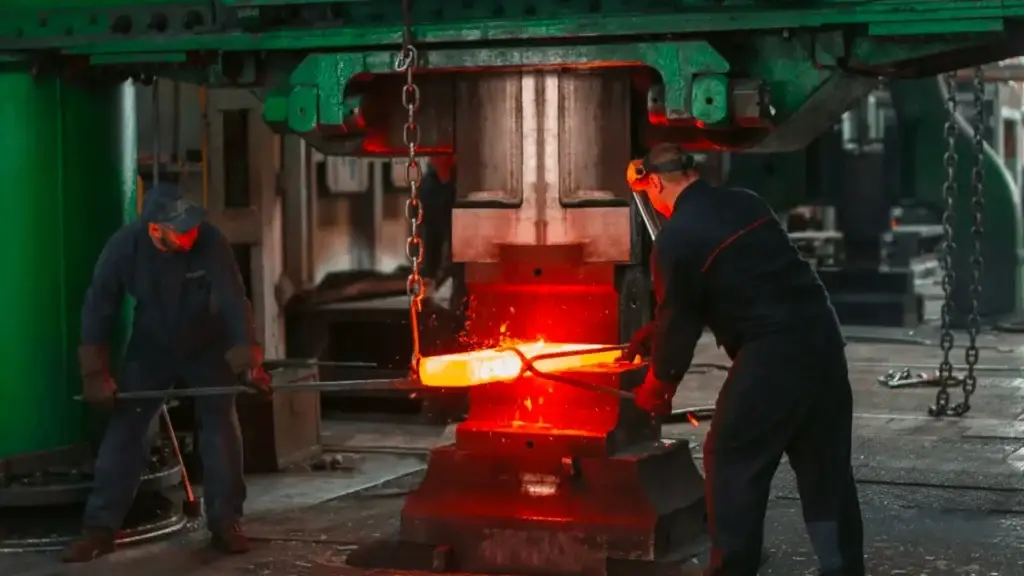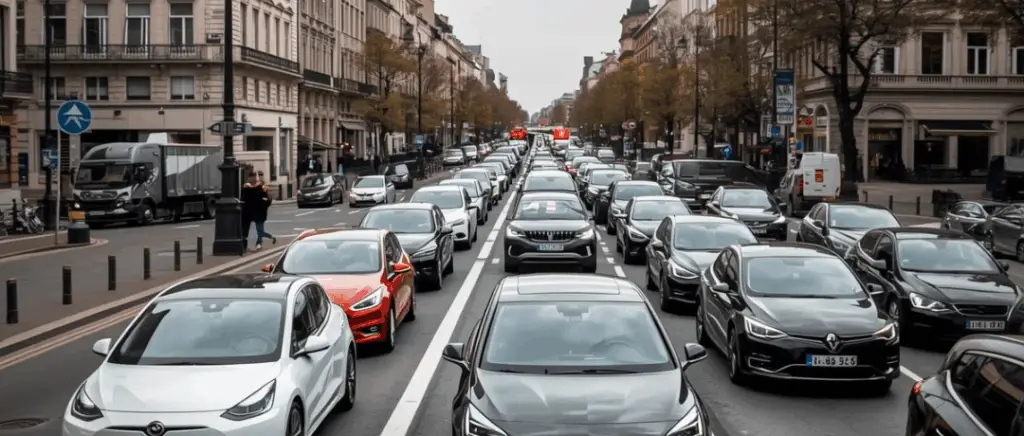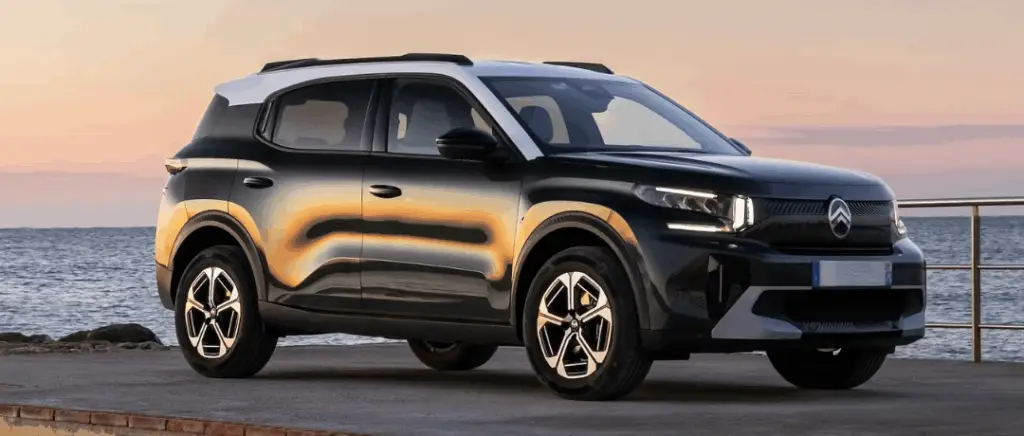Our experts answer your questions with a smile
Monday to Friday 9am - 12.30pm - 2pm - 7pm
What raw materials are used in electric car batteries?
Compared with combustion-powered cars, electric vehicles are much more economical in terms of raw materials.
In fact, the materials used in the design, particularly in the battery and the motor, electric vehicles are much easier to recycle. Since 2006, Directive 2006/66/EC has required Europe to recycle 50 % of the total weight of batteries. Euro Dieuze Industrie, which processes more than 6,000 tonnes of batteries a year, recycles up to 80% ¹.
It is estimated that internal combustion cars waste a hundred times more raw materials than their electric counterparts.
In fact, the materials used in the production of a thermal vehicle are very difficult to recycle, and are mainly composed of :
- Plastic
- Steel
- Iron
- Cast iron
- Aluminium
- Magnesium
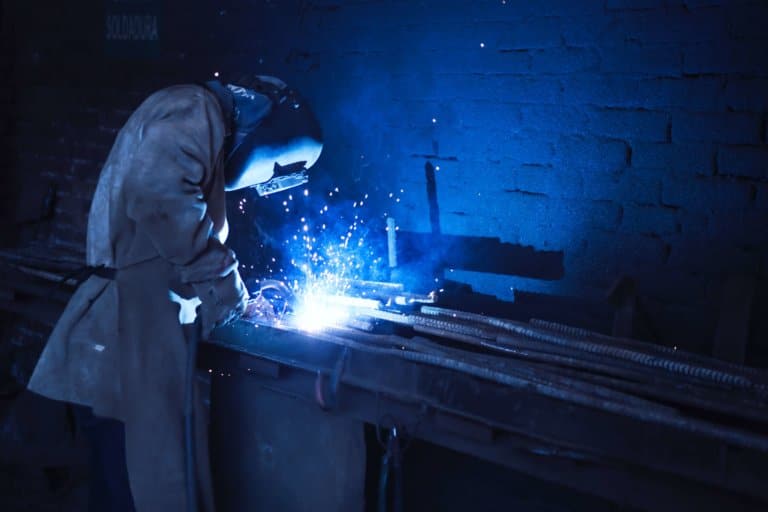
Over the course of its life cycle, if recycling is taken into account, electric vehicles use up 30 kg of metals from its production. lithium ion battery compared with 17,000 litres of oil for internal combustion engines. "That's the equivalent of a pile of oil barrels 90 metres high," says Lucien Mathieu, electric mobility analyst at Transport et Environnement. And let's not forget that the amount of petrol or diesel burnt by an internal combustion car is around 300 times greater than the amount it actually consumes to travel.
The electric car is mainly made up of lithium, its key component, without which it would be difficult to run.
But most models also include :
Lithium
Lithium is best known for its use in the batteries that power our phones and computers. Without lithium, the world would cease to move forward.
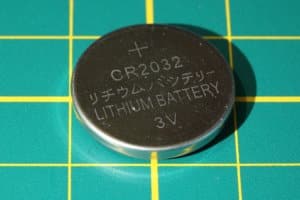
Rare earths
Rare earths, contrary to what the name suggests, are a resource that can be found in large quantities.
They are used in the electronics, clean energy, aerospace, automotive and defence industries. The most important end use is the manufacture of magnets. Car manufacturers are seeking to reduce their dependence on this material, which comes in large quantities from China.
Toyota, on the other hand, has replaced some of the neodymium in the magnets of its electric motor with cerium and lanthanum, more commonly used materials. Renault for its part, preferred Zoé a wound copper rotor, which takes up more space but does not contain rare earths. However, magnets containing 30 % of rare earths are used in all micromotors.
Cobalt
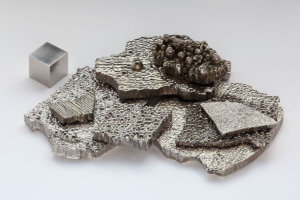
Cobalt is mainly used in the form of alloys. In industry, it replaces X-rays to carry out inspections or determine internal structures. But it is mainly used in the automotive industry to make batteries for electric vehicles.
Copper
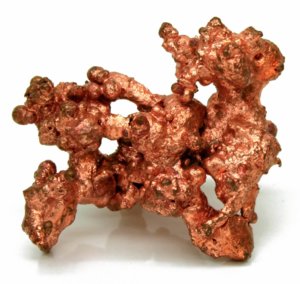
Copper, surely the best-known element presented here, is used to conduct electricity. Most of the time, therefore, it is transformed into electrical cables. It is also used in the construction of rails, parts for televisions, radios and watches, car radiators, civil engineering and architecture.
Nickel
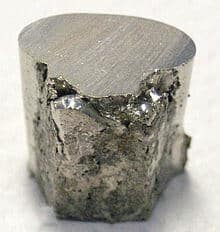
Nickel is mainly used in the manufacture of stainless steels and superalloys for aircraft construction, and in the chemical and petrochemical industries.
Its everyday uses include the manufacture of coins, cutlery and washing machines. But they are also used in professional objects, such as surgical instruments, and motorised vehicles like cars, boats and aeroplanes.
Want to go electric?
Beev offers multi-brand 100% electric vehicles at the best prices, as well as recharging solutions.
Responsible extraction of raw materials?

Now we come to the problem. Most of these materials come from the other side of the world. This has the effect of having a heavy ecological impact even before the assembly of these materials and the production of electric vehicles.
These materials come from deposits that are often found in faraway places, such as Russia, China, Australia, Chile, Brazil and various African states. This is particularly true of lithium. China has a clear monopoly on rare earths, which is one of the reasons why carmakers are trying to get as far away from them as possible.
In addition, radioactive thorium is found in rare earth ores. This is why most of the rare earths extracted come from China, where extraction conditions do not meet European standards at all.
However, these figures need to be put into perspective. In the long term, manufacturers are expected to become completely independent of imported raw materials for the production of new electric vehicles. And that's thanks to the recycling of materials already in use. We are also a long way from the European car fleet's dependence on imported crude oil. Oil that has been consumed for so many years and that will sooner or later run out and inevitably become unaffordable. Overall, thanks to future improvements in battery efficiency and material recycling, Europe will be much less dependent on imported raw materials than it already is on oil.
Cobalt, Nickel, Lithium... Towards a shortage?

A shortage of the materials needed to produce electric cars? That's the warning issued by Tesla².
To be more precise, the materials needed for battery production are likely to be in short supply, according to the American manufacturer. Nickel, copper and lithium are likely to be in short supply.
To make matters worse, the automotive industry is in fierce competition with the digital and mobile phone markets for these materials. Indeed, as we mentioned earlier, these are materials that are found in almost every connected object in the home.
Tesla is not the only player in the automotive market to fear a shortage. Audi would also meet production problems for the launch of its 100 % electric SUV. The copper industry has also suffered for many years from under-investment. Even today, the copper industry works feverishly without having a large reserve to supply in the event of strong demand. Yet electric cars use twice as much copper as internal combustion vehicles. A metal that is likely to become even scarcer given the major needs of new technologies.
But all is not lost. The quantity of materials needed to manufacture a battery is expected to be greatly reduced in the years to come.
As far as lithium is concerned, there is talk of halving the amount needed by the next decade, thanks to technological advances. The quantity of cobalt, meanwhile, is expected to fall by more than three-quarters, and that of nickel by around one-fifth⁴.
As far as rare earths are concerned, some geologists estimate that there are a thousand years' worth of resources at the current rate of consumption. Nevertheless, prices are expected to rise, especially for neodymium, as demand for permanent magnets is set to increase considerably. There is also a geopolitical constraint: China has a 90% monopoly on production, so it may overestimate prices, but there is also the question of dependence on a foreign power.
Are electric cars really that environmentally friendly?
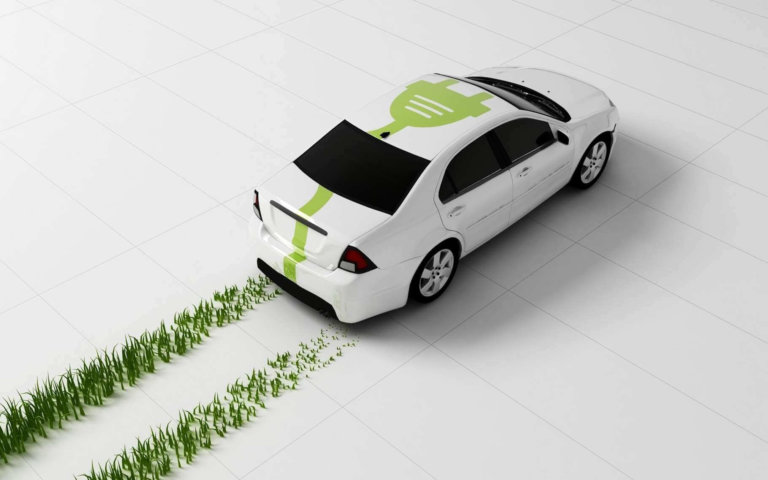
Having studied all the components of an electric car battery, the question arises: are electric cars really that environmentally friendly?
Despite certain disadvantages, the answer is YES. With the research and development mission of manufacturers, we are moving towards materials that will tend to be increasingly ecological and more easily recyclable.
Thermal cars not only emit a lot of CO2, they are also very inefficient, burning far more petrol than is necessary. Electric cars also make up for any shortage of materials by using recyclable components. Overall, electric vehicles are much better for the environment, consuming less than 58 % of total energy than a petrol car over their entire lifecycle⁵. That's how clear the difference is.
